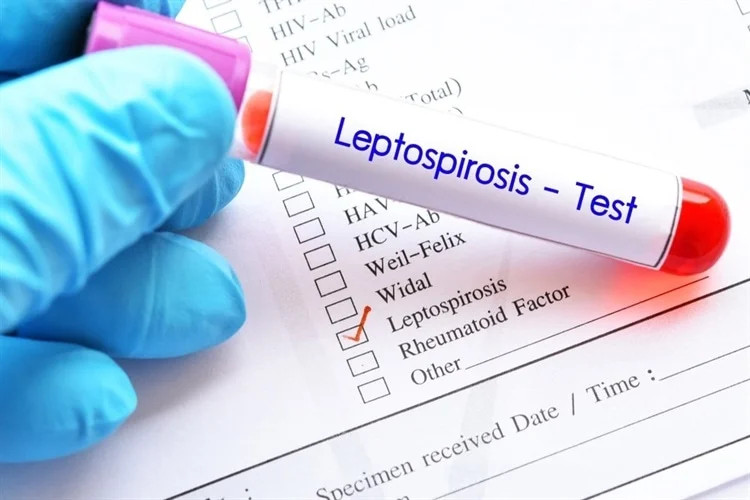Dr. Cyrus Rumisha et al (2023)
From Department of Animal, Aquaculture and Range Sciences
The queen mackerel Scomberomorus plurilineatus has long been an important source of dietary animal protein, household income, and employment to coastal communities in the Western Indian Ocean (WIO) region. Yet, since their market value has increased in recent years, they are increasingly exploited and their populations are declining. Hence, WIO countries enacted measures to curb destructive fishing and are taking initiatives to expand marine protected areas (MPAs). Yet, there is no data on the genetic stock structure of the fishery in the entire WIO, which preclude these initiatives. This study analysed fragments (647 base pairs) of the cytochrome oxidase subunit I (COI) gene from 118 queen mackerels collected from four main fishing grounds in Tanzania to reveal the extent of genetic connectivity and demographic history. The sequences showed signals of recent demographic expansion which is typical for most WIO fauna. Analysis of molecular variance showed insignificant indices of genetic differentiation between sites (FST = 0.00366, p > 0.005; ΦST = −0.00450, p > 0.05), indicating extensive genetic connectivity and suggesting that the fishery is a single stock. This implies that although some sites showed very low haplotype diversity, nucleotide diversity, and effective population size (Θ), the fishery is capable to revitalize itself if measures are taken to curb unsustainable fishing. Since the fishery showed extensive genetic connectivity, this study recommends a single management unit for the queen mackerel stock in Tanzania.
For more details: Click here
Rumisha C, Bugota, V.J. and Mtonga, B.C. (2023). Evidence of extensive genetic connectivity and recent demographic expansion of the queen mackerel Scomberomorus plurilineatus in Tanzanian coastal waters. Marine Biodiversity https://doi.org/10.1007/s12526-022-01315-y
Share this page




